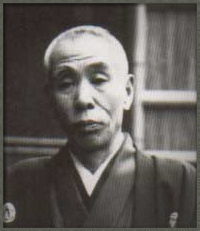|
|
||||||||||||||||||||||||||||||||||||||||||||||||||||||||||||||||||||||||
|
|
||||||||||||||||||||||||||||||||||||||||||||||||||||||||||||||||||||||||

When speaking of modern Japanese-style painting, the names Taikan YOKOYAMA and Seiho TAKEUCHI always arise. These two painters introduced European painting styles into traditional Japanese painting and harmonized them. Seiho was born in Kyoto in 1864. As a child, he loved to draw and wanted to become a painter. He developed his own style by adopting techniques from Western painting and blending them with the traditional styles of the Maruyama-Shijo school. His reputation grew not only through recognition of his greatness as a painter from his youth but also because of the effort and enthusiasm he put into teaching the younger painters he met at the Kyoto Municipal College of Painting, where he was a professor, and at Chikujokai, his own private school. After Seiho received the first Order of Cultural Merit in 1937, a number of his pupils went on to receive the same Order.
|
||||||||||||||||||||||||||||||||||||||||||||||||||||||||||||||||||||||||
|
||||||||||||||||||||||||||||||||||||||||||||||||||||||||||||||||||||||||
























